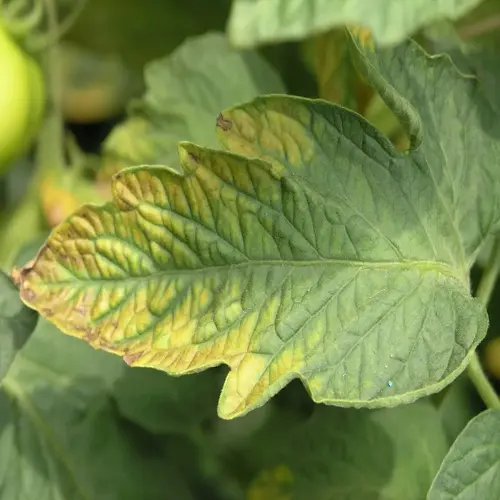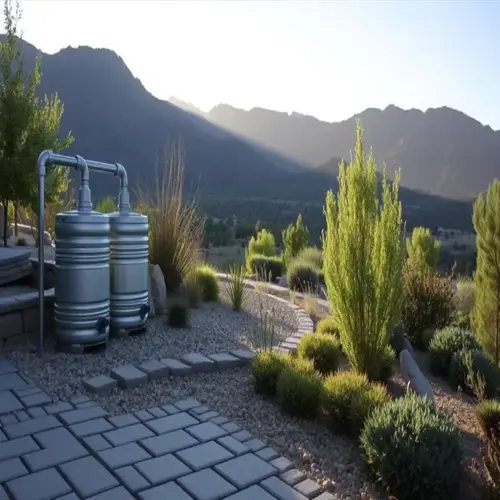What's the ideal fall fertilization approach?

Written by
Michael Sullivan
Reviewed by
Prof. Samuel Fitzgerald, Ph.D.Timing of fall fertilization is crucial for rose survival. Start the process 6-8 weeks before your region's first frost date, with low-nitrogen formulas. You want to strengthen roots, not push tender foliage that frost will kill. I do this for my prize-winning climbers every year in the fall.
Bone meal is by far your best fall fertilizer. A 3-15-0 NPK ratio develops root mass with no leaf-growth nitrogen stimulus. Use 1 cup (in weight) per mature rose at the drip line. Deeply water to engage the phosphorus. Do not use any product with nitrogen after midsummer.
Timing Calculations
- Determine first frost date using USDA zone maps
- Count back 42-56 days for application window
- Stop all feeding 30 days before predicted ground freeze
- Monitor soil temperature dropping below 50°F
Low-Nitrogen Options
- Bone meal: 3-15-0 NPK for root development
- Rock phosphate: 0-30-0 slow-release phosphorus
- Greensand: 0-0-7 potassium source
- Compost tea: Microbial boost without growth stimulation
The application method differs from spring feeding. Apply fertilizer down to the top two inches of soil around drip lines. Never work in piles against stems. Water well, but avoid saturation. I like to feed while conducting fall pruning to save time. This sets the plant up for dormancy.
Post-feeding care is mulching at about 3 inches with shredded leaves. These insulating roots, while the nutrients are decomposing. Be cautious when using fresh manure or nitrogen-rich mulches. Be vigilant for unwarranted warm spells that lead to unexpected growth. In this case, be prepared to cover your plants if temperatures rise abnormally.
There are exceptions to this regime. Container roses are fed earlier because pots will freeze sooner. Move them to a protected area after fertilizing in this manner. Newly planted roses do not get fall feeding. These roses are currently focused on root establishment, not utilizing nutrients.
Fertilizing in the fall promotes spring hardiness. Fall-fertilized roses come out stronger after winter. They have greater basal breaks and bloom earlier. My roses always performed better than my neighbors' because I made a seasonal commitment. Start your fertilizing commitment this fall.
Read the full article: When to Fertilize Roses: Complete Guide

